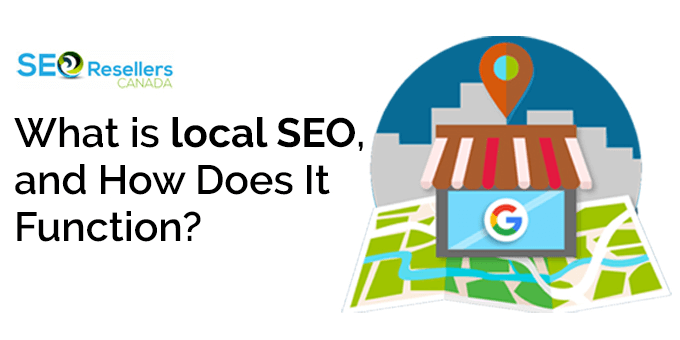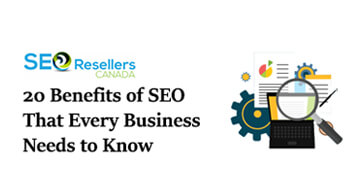Websites are changing big time, and 2025 is shaping up to be a huge year for these changes. Remember when websites were basically just online brochures that sat there doing nothing? Those days are long gone. Today’s websites are more like helpful assistants that actually talk to visitors and help businesses make money.
When you visit a website now, you expect it to load right away, look great on your phone, and somehow figure out what you are looking for. That’s not magic – that’s good website design doing its job. The best websites today don’t just look nice – they are fast, easy to use, and work for everyone.
Whether you have a business or you create websites, being aware of these developments will help you create websites that actually work. You can also hire experts from web design consulting services to help you understand design trends better. Now, let us look at what’s new in web designing.
1- How Web Design has Evolved: From Past to 2025

Let’s go back in time to see how websites changed over the years. In the 1990s, websites were pretty basic. Picture pages that looked like newspapers with tons of text, blue links you could click, and maybe some blinking stuff that seemed amazing back then. If you remember those spinning pictures or video intros that took forever to load, you know what we’re talking about.
The 2000s made things better. Designers learned how to make sites look nicer and started building pages that could change size for different screens. This was when the idea of phone-friendly websites first started, even though smartphones weren’t really around yet.
The 2010s became very interesting. Designers began designing websites cleaner, more straightforward, and simpler to use. The iPhone revolutionized everything, so websites needed to function flawlessly on phones and tablets. Speed became really crucial because if a site was slow or confusing, people would simply leave.
The 2020s made everything move faster. We started seeing websites that could change based on who was looking at them, computer programs helping make personal experiences, and the first tries at virtual reality on websites. It was like the internet suddenly got a lot smarter.
Now we’re in 2025, and honestly, websites from just a few years ago look old-fashioned. Today’s best websites are like smart helpers – they’re fast, they know what you want, they work great on any device, and they care about the environment and help everyone use them.
Here’s a staggering number to remmber- 94% of people judge a website just by how it looks, and 38% will leave if they don’t like how it’s designed. With over 1 billion websites out there, making yours special takes both creativity and smart thinking.
2- Why Making Websites Easy to Use Matters So Much
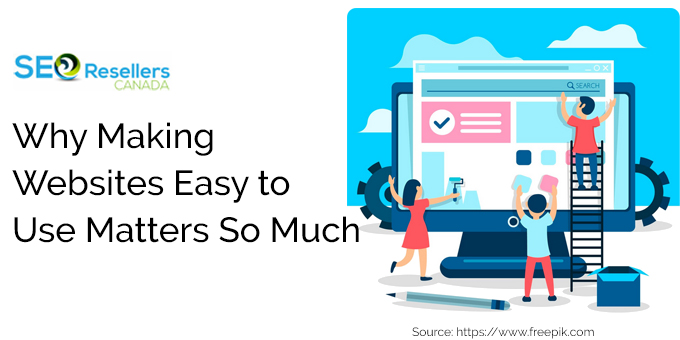
Making websites easy to use isn’t just something designers talk about – it’s what makes websites successful. In 2025, SEO web design and making sites accessible go together perfectly. Here’s what smart website owners are doing:
2.1- Phone Users Come First
More than half of all website visits happen on phones and tablets now. That means if your website doesn’t work great on mobile, you’re basically telling most of your customers to go somewhere else. Making websites mobile-first isn’t just about making things smaller – it’s about thinking differently about how people use their thumbs instead of a computer mouse.
Speed really matters here. Online stores lose $2.6 billion every year just because their websites are too slow. People want websites to load in less than three seconds, and if yours doesn’t, they’re gone.
2.2- Making Websites Work for Everyone
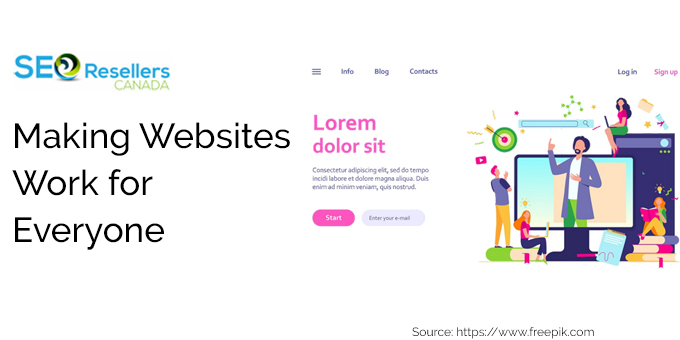
Making websites accessible isn’t just nice – it’s required by law in many places, and it’s the right thing to do. Think about it – if someone can’t see your website well or can’t navigate it easily, you are losing a customer for no good reason.
The best websites now have things like colors that are easy to see for people with vision problems, text that can be made bigger, and dark themes that are easier on the eyes. These features don’t just help people with disabilities – they make websites better for everyone.
2.3- Visual Styles That Get People’s Attention
How websites look is changing in some pretty cool ways. Telling stories with pictures and design is becoming huge, and web design trends 2025 is all about creating experiences that people actually want to spend time with.
2.3.1- Clean Design Gets More Personality
Simple, clean designs are still popular, but they are getting more character now. Instead of boring white pages with black text, designers are adding unexpected touches – maybe a bright colour that stands out, fun little pictures, or interesting textures that make you want to touch the screen. It is like simple design grew up and got more confident.
2.3.2- Dark Themes Everywhere
Dark themes are not just trendy anymore – they are useful. They’re easier on your eyes, especially at night, save battery on phones, and just look modern. Over 80% of people like websites that let them choose between light and dark themes. Smart website owners are making this a normal feature, not something extra.
2.3.3- Shapes That Feel More Natural
Remember when every website had to fit into perfect squares and straight lines? Those days are over. Now, you’ll see curved shapes, flowing lines, and layouts that feel more natural. Companies like Canva use these tricks to make their websites feel more friendly instead of cold and business-like.
2.3.4- Big, Bold Opening Sections
The top part of websites – what you see before you scroll down – is getting bigger and bolder. Instead of cramming lots of information up there, smart designers are using that space to make one strong statement about the company’s service and USP. It’s like a good movie trailer – it grabs your attention and makes you want to see more.
2.3.5- Custom Art and Fun Interactive Bits
Stock photos are becoming less popular because they make websites look the same as everyone else’s. Instead, companies are paying for custom drawings and graphics that show their personality. And here’s something fun – cursors that change when you move over different parts of the page. These little touches might seem small, but they make websites feel more alive and memorable.
3- What are the Tech Trends in 2025 and Beyond for Website Design?

The technology that powers websites is getting really impressive:
3.1- Artificial Intelligence Is Everywhere
AI is no longer science fiction – it is helping experts design better websites. Around 36% of web designers utilize AI tools daily, and 58% utilize AI to develop distinctive pictures and graphics. But it does so much more than simply create gorgeous-looking images.
AI is now assisting sites in determining what every visitor wishes to be shown. It can adjust the design, recommend products, or even rewrite articles depending on what’s likely to attract each individual. AI-powered chat helpers can respond to questions from customers immediately, and some sites are even able to anticipate what you’re seeking before you finish typing.
3.2- Virtual and Augmented Reality
This is where things get really futuristic. 25 percent of major brands are going to have some kind of VR feature on their websites in a few years. Imagine being able to try on clothes without going to the store. Or picture taking a virtual tour of a hotel before you book it. Some companies are already doing this stuff. As a result, it is setting new expectations for what people want from websites.
3.3- 3D Graphics You Can Play With
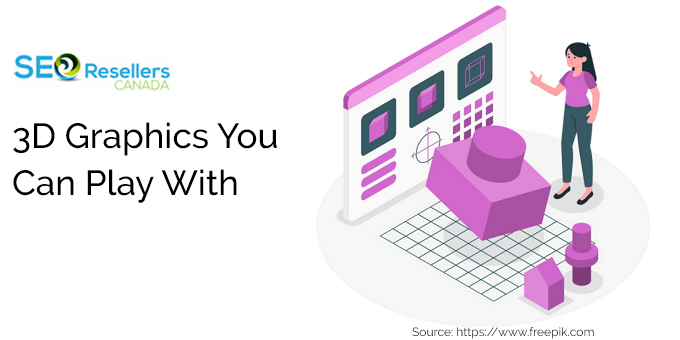
Rather than displaying plain pictures of products, a lot of sites nowadays allow you to spin them around, zoom in, and examine 3D models. This is particularly popular for online shops and computer software businesses that want to showcase their products in detail. It is almost like having the showroom experience right on your computer.
If website design for SEO is on your mind, these technologies can even benefit your search results because they make users stay on your site longer, something that Google interprets as an indication that your content is interesting and worthwhile.
Here is a summary of the top trends in web design in 2025
| Tech Trends in 2025 and Beyond for Website Design |
| Trend |
Key Features |
Impact/Use Cases |
| AI Everywhere |
– AI-powered design tools (used by 36% of designers) |
Improves user experience, automates design processes, and enhances personalization. |
| – Personalized content & recommendations |
| – AI chatbots & predictive search |
| VR & AR Integration |
– Virtual try-ons (e.g., clothes, products) |
Boosts engagement, offers immersive shopping experiences, and sets competitive standards. |
| – Interactive 3D tours (e.g., hotels, real estate) |
| – 25% of brands adopting VR features |
| Interactive 3D Graphics |
– Rotatable, zoomable 3D product models |
Increases user interaction, improves product visualization, and reduces returns for e-commerce. |
| – Enhanced visual storytelling |
| – Dynamic animations |
| SEO Benefits |
– Longer user dwell time (favored by search algorithms) |
Improves search rankings and organic traffic through engaging, interactive elements. |
| – AI-optimized content generation |
4- Why Your Website Needs to Be Fast and Eco-Friendly in 2025?
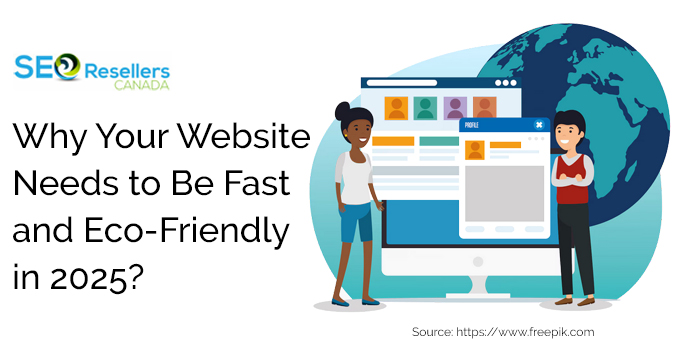
If you want your website to succeed today, two things really matter – speed and being kind to the environment. These aren’t just nice extras anymore – they are must-haves.
4.1- Fast Websites Win Every Time
Here’s the reality – if your site loads slowly, individuals will bail. It really is that straightforward. Research indicates that 39 percent of users will click off if graphics do not load swiftly enough. Additionally, Google now considers how quickly your site loads when they are determining in which order to rank you in search results.
Think about it – when you visit a website, and it’s still loading after a few seconds, what do you do? You probably hit the back button and try somewhere else. That’s exactly what your visitors do, too.
4.2- Going Green Online Is a Smart Business
More businesses are waking up to the fact that websites use energy and impact our planet. The smartest companies now choose web hosts that run on clean energy, make their images smaller so they load faster, and write better code that doesn’t waste resources.
Take Volkswagen Canada – they built a website that barely uses any energy while still looking professional and modern. It proves you can care about the environment and still have a great-looking site.
4.3- People Need to Trust Your Website
With all the news about data breaches, people are really worried about their personal information online. Your website needs strong security, safe ways to handle payments, and clear privacy policies that actually explain what you do with people’s data. This isn’t just about following rules – it’s about earning trust.
Many SEO web design services now check how safe and eco-friendly your website is as part of their regular service.
5- What are Some Good Examples of Web Design Done Right?
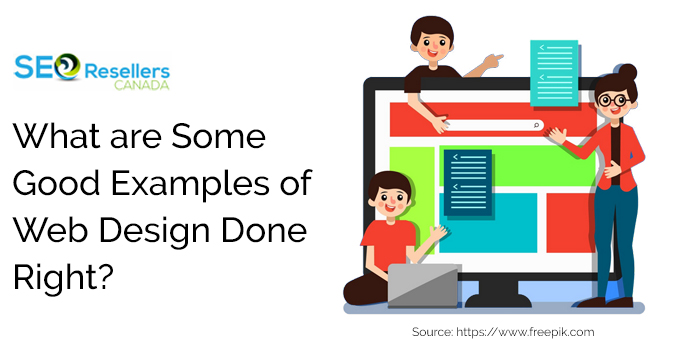
Let’s look at some companies doing this stuff right:
5.1- FormaFantasma’s Easy-to-Use Design
Their website uses simple fonts that don’t slow things down, works great for people with disabilities, and still looks beautiful. It shows how good design can be both gorgeous and thoughtful.
5.2- Airbnb’s Smart Personal Touch
Airbnb uses smart technology to show different things to different people. The site somehow figures out what kind of places you might want to stay and shows you options that make sense. They’ve made personal experiences for millions of people without making things confusing.
These examples show why business need SEO and smart design to compete today.
6- How to Make Your Website Better
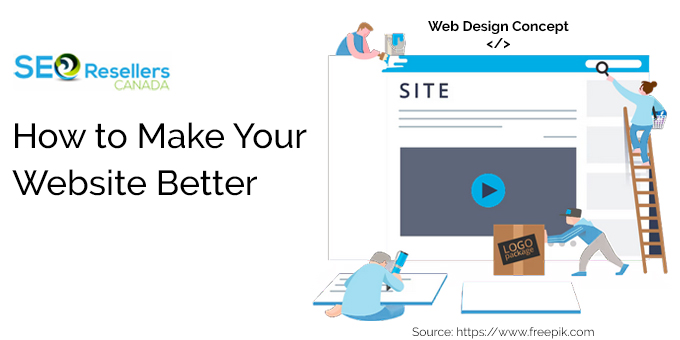
Want to improve your site? Here’s how to do it –
6.1- Look at What You Have Now
Take an honest look at your current website. Is it fast? Does it work well on phones? Can everyone use it easily? Does it look modern? A good SEO Agency can help you spot problems you might miss.
6.2- Make It Work Better for People
Test your website on phones, tablets, and computers. Check how long it takes to load and fix anything that’s slowing it down. Make sure people can easily find the things they want.
6.3- Give It a Fresh Look
Add a dark mode option, make your main section more eye-catching, and think about getting custom graphics instead of using the same stock photos everyone else uses. These changes can make your site feel new without starting over.
6.4- Try New Technology Slowly
Start small with new tech. Maybe you can add a simple chatbot to answer common questions, or try showing a 3D model of your main product. Test these features with real people to make sure they actually help.
6.5- Make It Earth-Friendly
Pick a web host that uses clean energy, makes your images smaller so they load faster, and cleans up your code to make it run better. These changes often make your site faster, too.
6.6- Keep Testing and Getting Better
Use tools to see how people actually use your website. Where do they click? Where do they get confused and leave? Use this info to keep making things better.
6.7- Stay Current
Follow design blogs and keep learning what’s working for other companies. Think about working with an SEO expert or SEO consultant who can help you stay up-to-date.
For companies interested in generative engine optimization services, AI tools can help you create and improve content while keeping it high-quality and consistent.
7- The Bottom Line
Modern web design combines great user experiences, cool visuals, new technology, and doing the right thing for people and our planet. As we move beyond 2025, websites will keep changing – the companies that adapt and evolve will be the ones that succeed.
Now is the best time to boost your virtual presence. It can be helpful if you decide to collaborate with a digital marketing agency that provides different services. Consequently, your brand will flourish in this new era of ethical web design.















